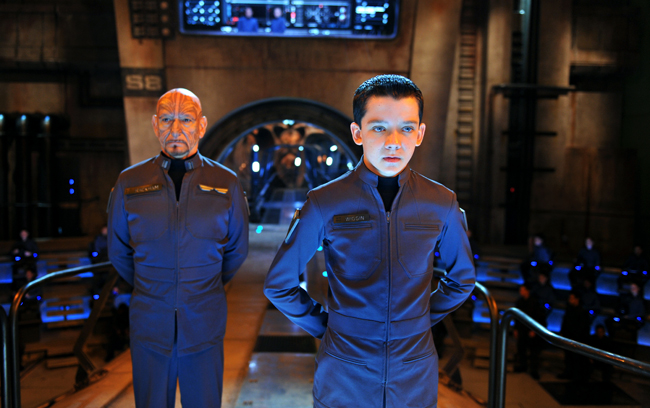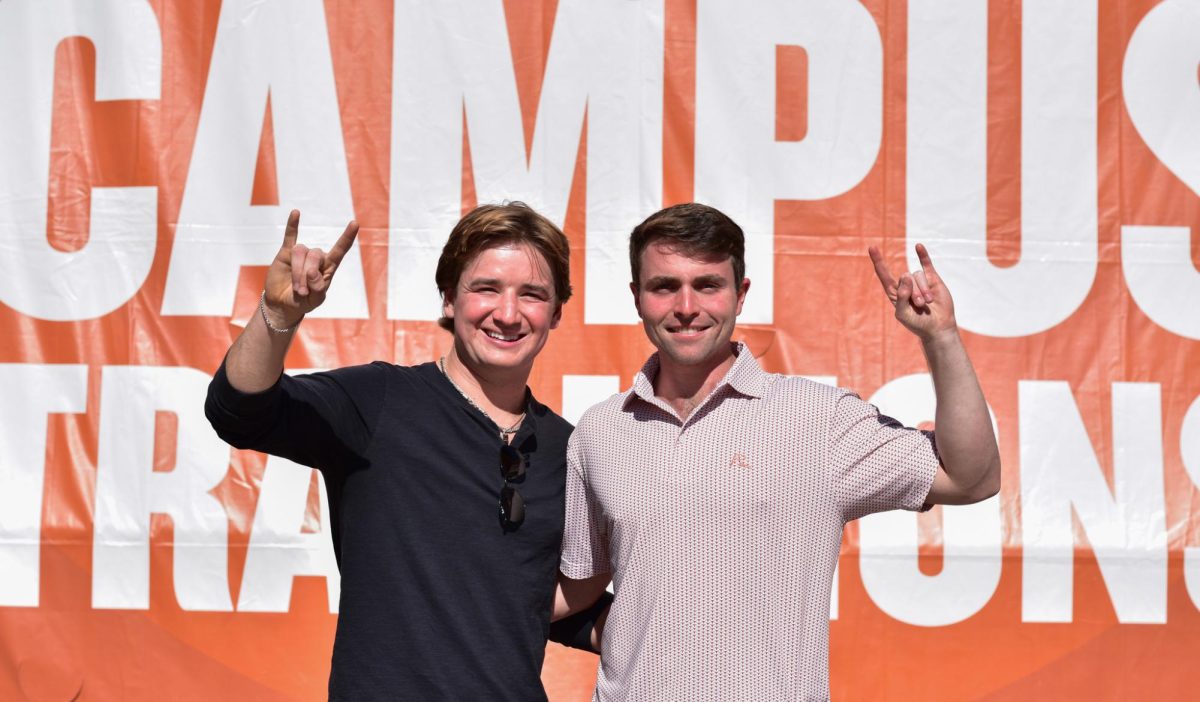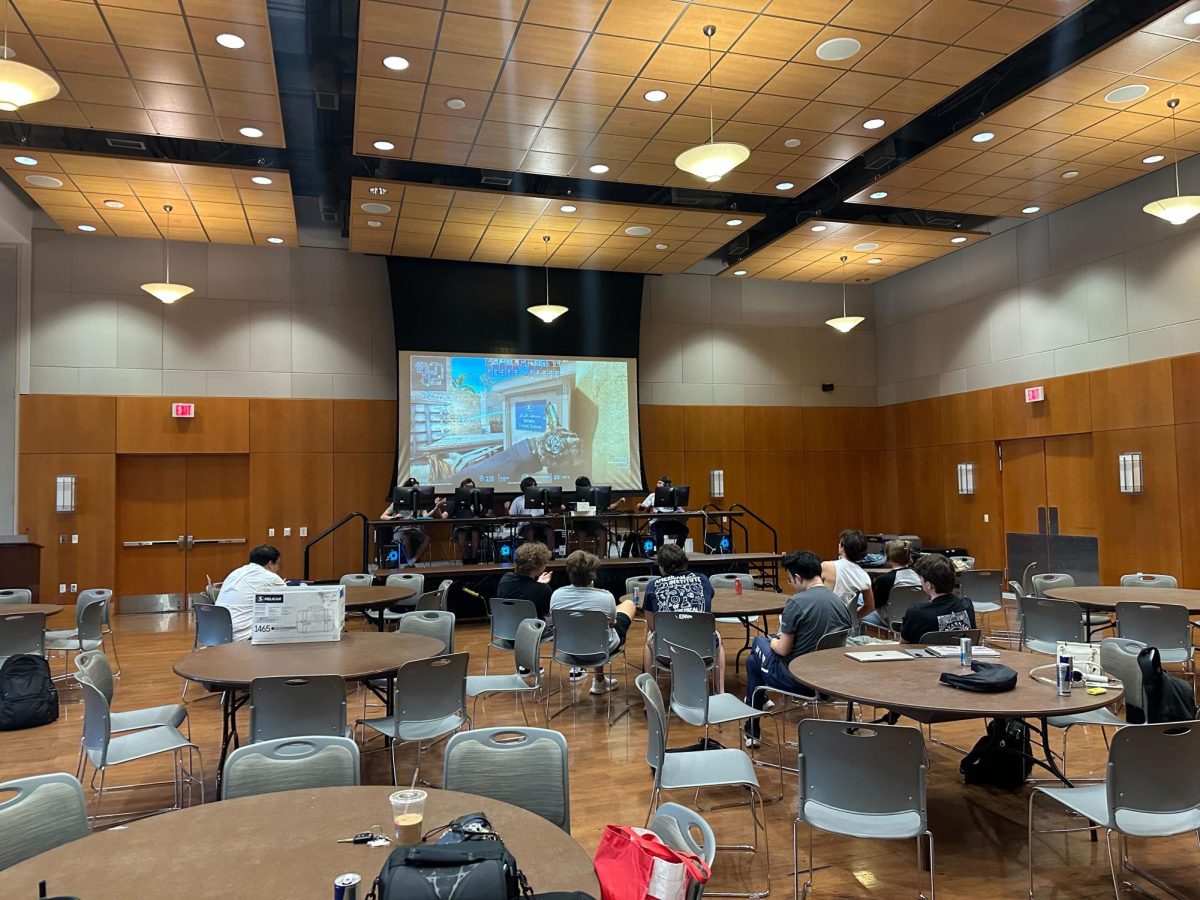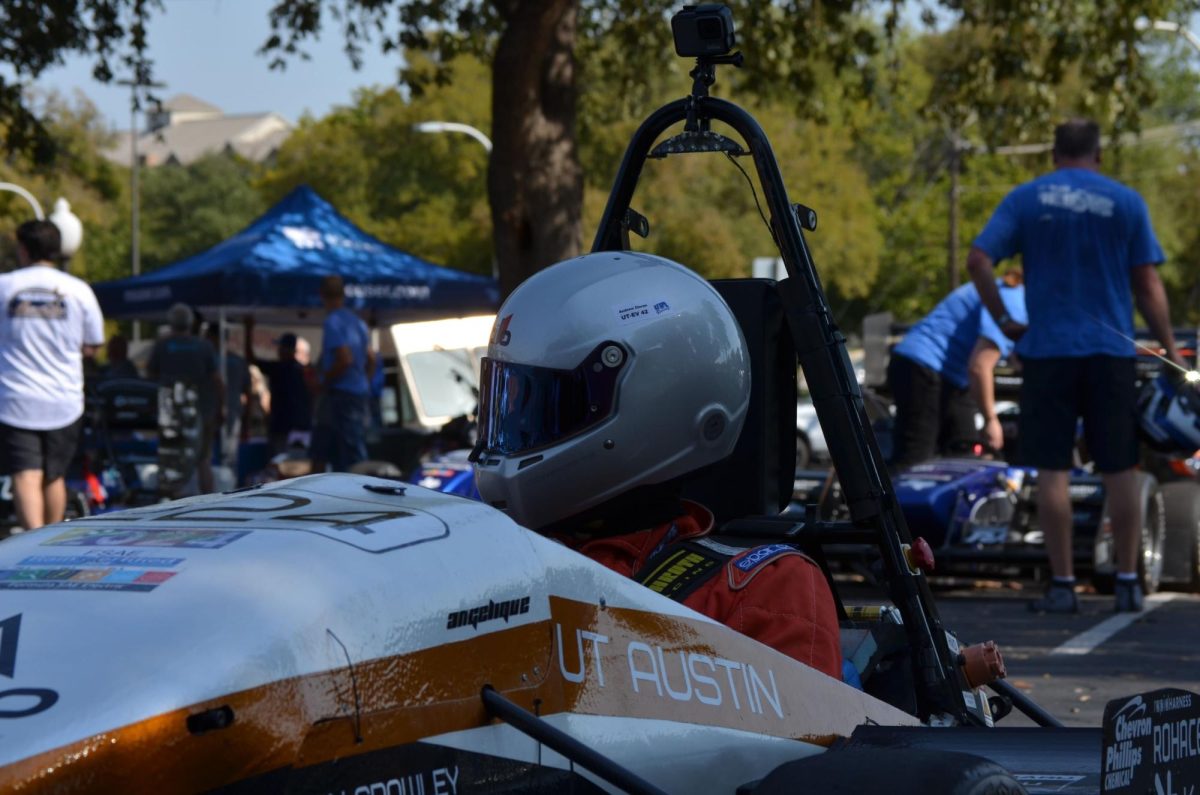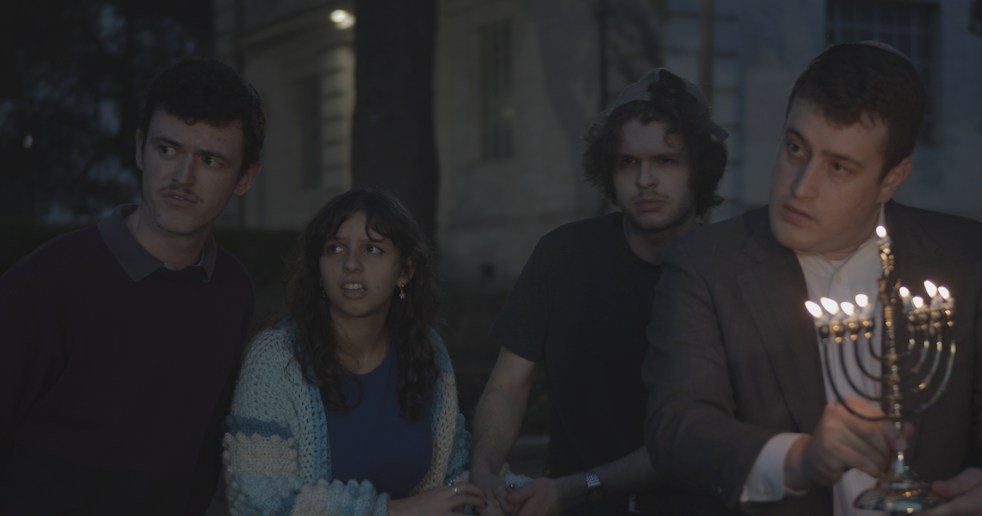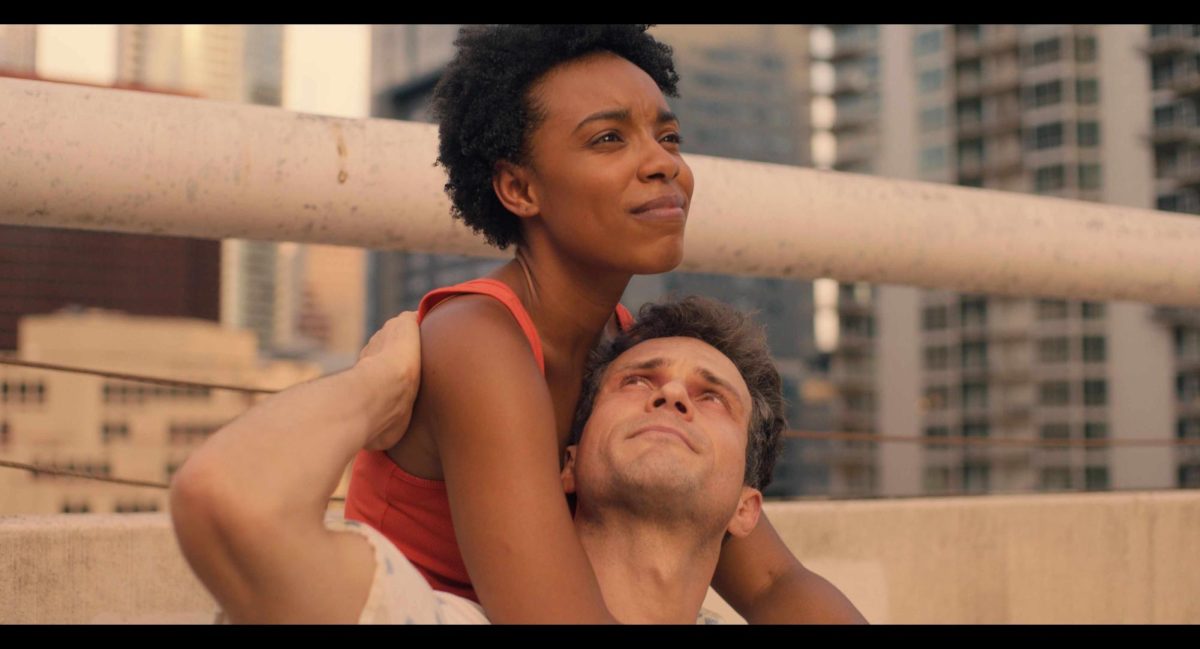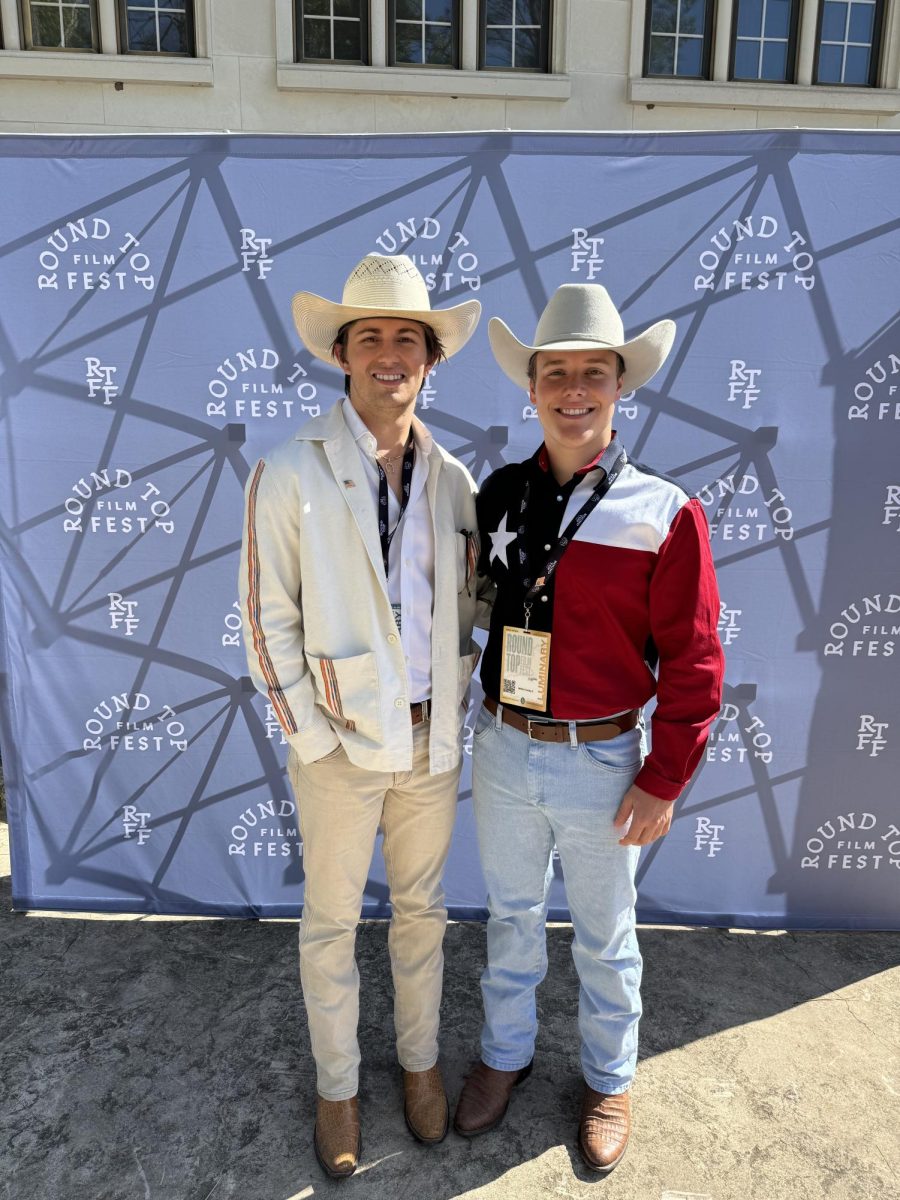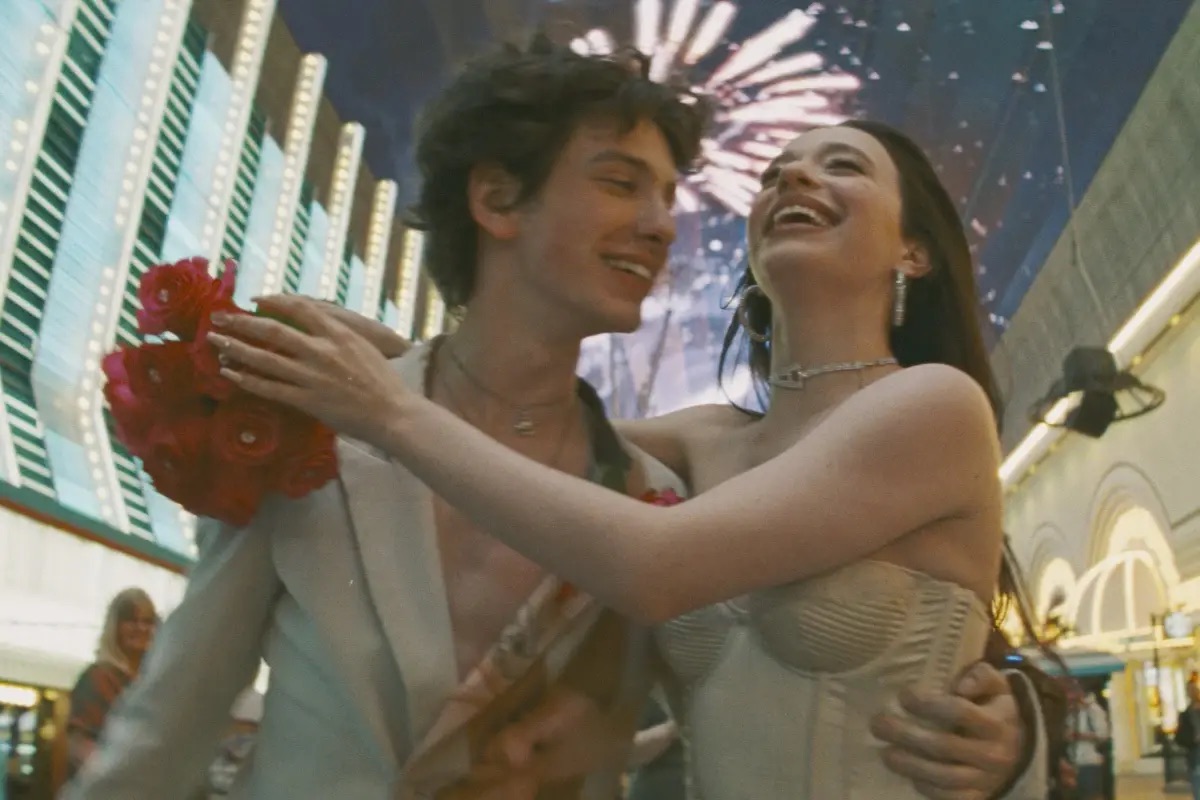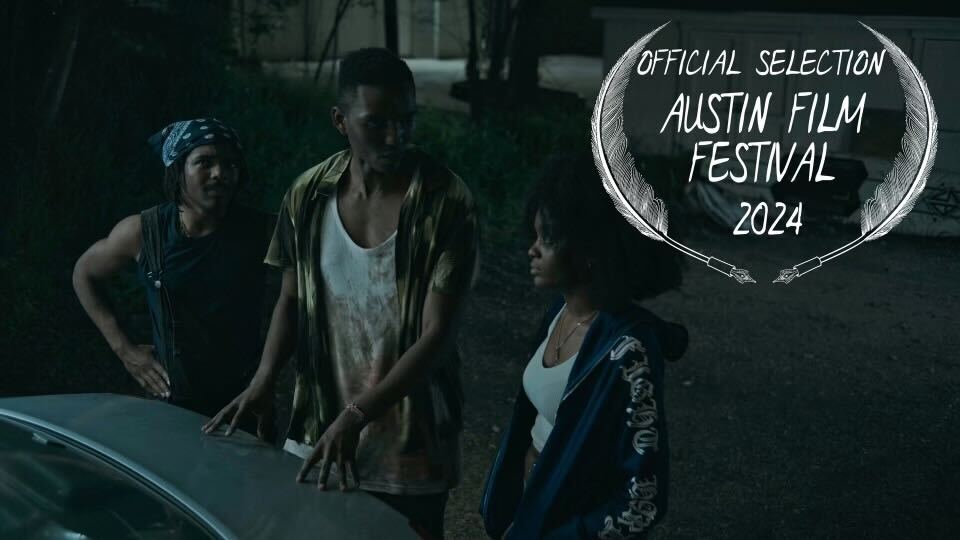Orson Scott Card, author of “Ender’s Game,” was so adamant the movie version of his novel be done “right” that it took more than 30 years for the film to be made. His justification was sound enough; In the novel, the main characters are all children between the ages of four and 12, and Card feared a Hollywood studio would ruin his story by casting older actors. Card finally came around, even taking a co-producer credit on the film. Despite casting 15-year-old Asa Butterfield in the title role, “Ender’s Game” is a surprisingly faithful realization of the beloved novel.
The film doesn’t start well. A series of historical videos that could double as a copy of the last minutes of “Independence Day” chronicle humanity’s victorious first war against the Formics, an ant-like alien race. Mortified by the possibilities of another clash, mankind spent the last 50 years searching for the brightest strategic minds to enroll in Battle School, a military space station that seeks to turn children into generals.
Andrew “Ender” Wiggin (Butterfield) is introduced as the prospective savior of humanity—shown to possess unparalleled tactical skill. After a brutal fight with a bully, where the otherwise reserved Wiggin reveals a violent streak, the prodigy is recruited to Battle School by Colonel Graff (Harrison Ford) and Major Anderson (Viola Davis). Graff has no reservations about doing whatever it takes to turn Wiggin into a ruthless general, while Anderson tries to maintain whatever remains of the boy’s innocence. Both actors are given generous amounts of screen time without overshadowing their younger counterparts.
In Battle School, Wiggin is tested both in the classroom and through a series of war games. Essentially, laser tag in zero gravity. These games pit teams of students against each other in battles of military formation and tactical skills. Director Gavin Hood shows a respectable amount of restraint in these sequences, opting for longer static shots of the students as they slowly float across the field rather than quick movements or rapid cuts to make the experience look more exciting. It works. The games are easy to follow and among the best parts of
the movie.
The challenge in making “Ender’s Game” into a movie is being able to convey a mature story through child characters. While a lesser adaptation might have relied more on the adult actors to carry the movie, Hood take the risk of putting the film largely on Butterfield’s shoulders. The group of fellow cadets who eventually become Wiggins’ lieutenants are, with the exception of Hailee Steinfeld from “True Grit,” largely unknown child actors. They succeed in making the premise work because they are able to express the adolescent genius that landed them in Battle School without ever forgetting to be children. Though the film does omit some of the darker moments from the novel, it doesn’t shy away from the psychological effects of forcing children to fight a war. Butterfield and the rest of the young cast deliver surprisingly nuanced performances, elevating the film above generic science fiction.
From the trailers, it may have been easy to dismiss “Ender’s Game” as a “Hunger Games” rip-off set in space. But by committing to the seriousness of the story, while also allowing his child actors to be children, Hood has managed to deliver an exciting action movie worthy of its source material.

